Prepared and written by Jeff Swenson. The Market Update draws information from several sources, including trade publications, radio broadcasts, agricultural news services, individuals involved in the industry as well as USDA, NASS and AMS reports. Contact Jeff at [email protected]
While packer bids to feedlot operators were fully steady with last week, the higher prices many hoped for didn’t materialize in the first three days of the week. Auction markets were reporting prices mostly steady to $1.00/cwt higher. Wholesale beef prices have continued to increase, rising $27.77 in the past two weeks. This is causing producers with market ready cattle to hold out for higher bids. Holstein steers are still seeing active bidding at sales barns, with very good demand. Packers will need fewer cattle next week due to the holiday. The Sterling Profit Tracker estimated average cattle feeder margins at $88.00 per head last week. Cattle being sold now were purchased in the spring when growing concerns about coronavirus were pressuring feeder cattle prices. Sterling Marketing estimates 2020 average margins to be $10.00 profit per head. The USDA will release a Cattle on Feed report Friday (11/20.) Average trade estimates are 101.8 percent cattle on feed compared to a year ago. Cattle put on feed during October is estimated to be nearly 10 percent below 2019 and cattle marketed to be about even with last year at 100.1 percent. Many are skeptical about the low placement estimate.
Cash hog prices were lower this week. Carcass cutout value was trending lower, but gained some ground Thursday (11/19.) According to the Sterling Profit Tracker farrow to finish operators saw a $9.00 per head profit last week, but that was $3.00 lower than the prior week and $11.00 per head lower than a month ago. Sterling Marketing projects farrow to finish operators to lose an average of $18.00 per head during 2020. Many economists are warning of a large supply of hogs continuing through 2021. Sow harvest so far in 2020 has been higher than 2019 – averaging about 8,000 head more per week. Actual sow harvest will be difficult to pinpoint, as some heavy market hogs were processed at sow plants, because they were too big for other facilities. Those hogs would be included in the sow harvest numbers.
News that retailers are limiting purchases of toilet paper and cleaning supplies will trigger panic buying of other products, including food. The increase in wholesale beef prices may be an indication that increased consumer purchases have started, however wholesale pork prices aren’t telling the same story. Dennis Smith, an analyst with ADM Financial Services, says the markets may be anticipating COVID-19 impacting the large packing plants again, but there is no indication there are challenges happening right now. Smith made his comments Thursday (11/19) during a daily segment featuring his opinions on RFD-TV. Packers have implemented safeguards and polices to keep employees safe in the workplace. The high rate of COVID-19 positive tests in rural areas could have an effect on the number of employees showing up to work as some stay home with symptoms, to quarantine after possible exposure, or await test results.
China continues to build their swine herd with the goal of relying less on imports. Current rates of pork exports to China are temporary and will continually decrease as their production increases. The USDA’s most recent report showed overall pork export sales at 31,200 metric tons with Mexico, Canada and South Korea the largest buyers. China purchased 3,000 metric tons with 2,100 for deliver in 2020 and 900 for deliver next year. Beef had a great week with sales of 60,500 metric tons. South Korea purchased 17,300 metric tons, while sales to Japan were 10,600 metric tons.
High yielding Choice beef breed steers and heifers at Wisconsin and surrounding state auction markets were steady to $1.00/cwt higher, bringing $103.00 to $108.00/cwt. High-yielding cattle with an overnight stand were bringing $108.00 to $111.00/cwt. with reports of some selling as high as $114.00/cwt late in the week. Holstein steers were $93.00 to $98.00/cwt. A few high dressing, Holstein steers sold up to $103.00/cwt again this week. Cows were steady at $41.00 to $55.00/cwt. Blemish free cows in fleshier condition were in good demand with the top end selling in the $70.00s/cwt. and with some as high as $80.00/cwt. Dairy breed bull calves were higher at $50.00 to $195.00/head. Market lambs were mostly steady with heavier lambs higher, bringing up to $180.00/cwt. Lighter weight lambs brought up to $205.00/cwt. Feeder cattle were higher across the country last week seeing excellent demand.

